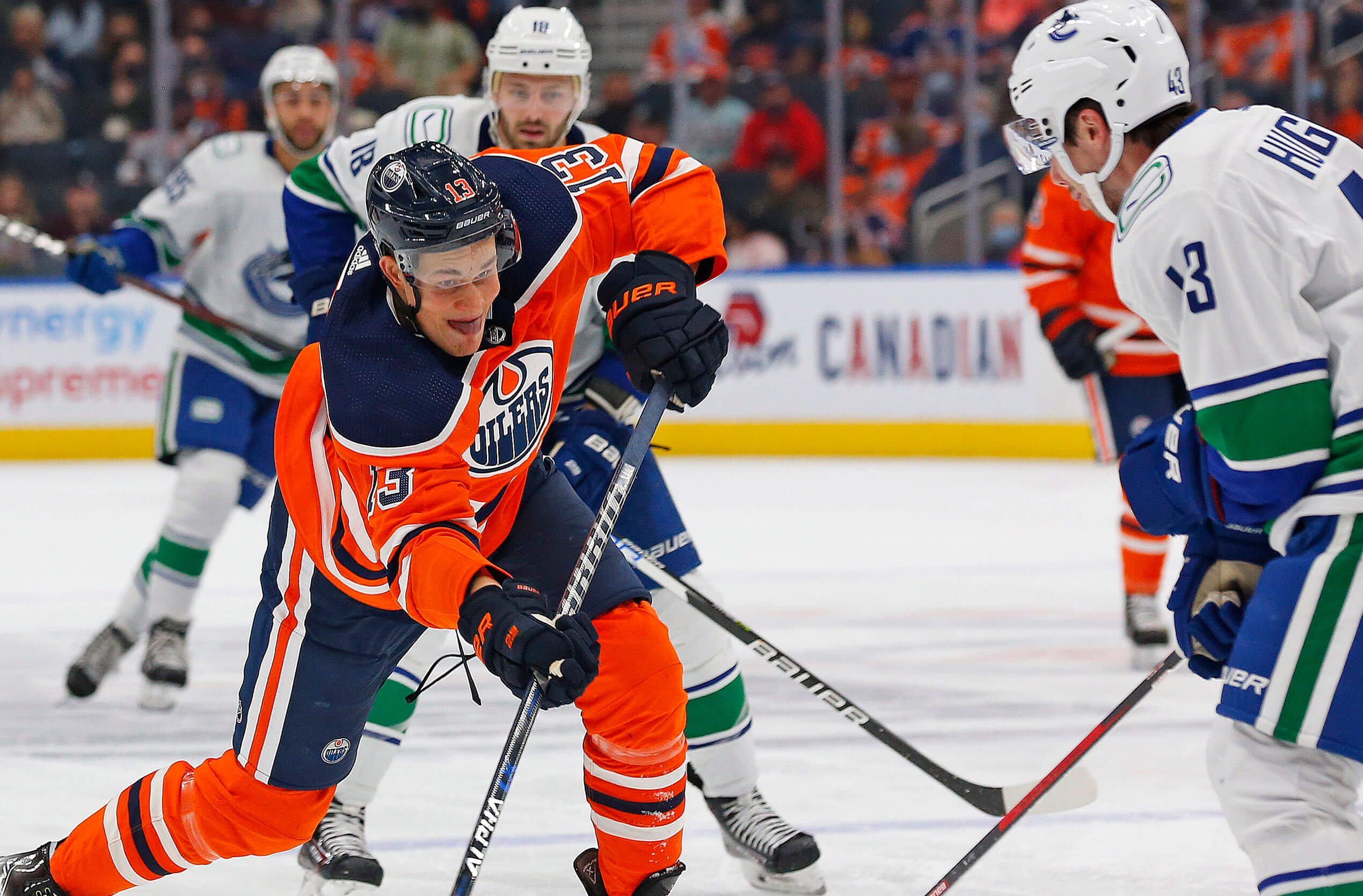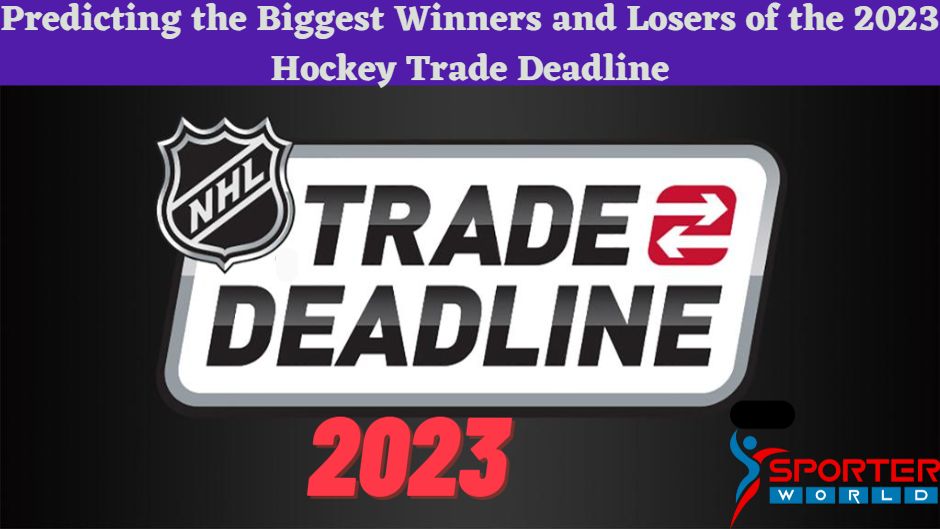Hockey rules and regulations are guidelines that outline how the game is played and officiated. This includes information on scoring, penalties, and player conduct during gameplay.
Hockey is a fast-paced sport played on ice, with teams aiming to score goals by shooting the puck into the opponent’s net while defending their own goal. There are various rules in place to ensure fair play, such as icing, offside, and tripping penalties.
Additionally, players must adhere to specific equipment requirements for safety reasons. Understanding these rules and regulations is crucial for players, coaches, and fans to fully enjoy and appreciate the game of hockey.

Credit: www.theguardian.com
1. Understanding The Power Play
Power play in hockey is a significant aspect of the game with its own set of rules and regulations. It refers to the situation when one team has a player in the penalty box, giving the opposing team an advantage by playing with an extra skater. This creates an exciting opportunity for the team on the power play to score a goal and gain an upper hand.
Power plays are awarded when a player commits a penalty, leading to their temporary removal from the game. The duration of the power play depends on the severity of the penalty, typically lasting two minutes. During this time, the penalized team must defend against the power play, while the team with the advantage tries to capitalize on the situation.
Key players in a power play include the defenseman, who helps control the play, and the forward positioned in front of the net, looking for scoring opportunities. The power play creates a dynamic environment, demanding coordinated efforts and strategic positioning from both teams.
2. Offensive Strategies And Tactics
**Offensive Strategies and Tactics**
Utilizing the man advantage effectively is a crucial offensive strategy in hockey. When a team has a power play, setting up the power play formation is essential. This involves positioning players strategically to maximize passing and scoring opportunities. The **passing and puck movement strategies** employed during a power play are critical to keep the opposing team guessing and create openings for shots on goal. Quick, accurate passes are essential, as they help maintain possession and create scoring opportunities. The team on the power play must also focus on **creating scoring opportunities**. This may involve players positioning themselves in high-percentage scoring areas, looking for rebounds and deflections, or utilizing effective screen tactics to distract the goalie. By employing these offensive strategies and tactics, teams can increase their chances of scoring during a power play.
3. Defensive Strategies And Penalty Killing
Penalty killing plays a crucial role in the defensive strategies of hockey. Teams must understand the importance of **penalty killing** and execute effective tactics to minimize the opponent’s scoring opportunities. One key tactic is **pressuring the offense**, aiming to disrupt their play and prevent them from setting up strong offensive plays. This can be achieved by putting pressure on the puck carrier, utilizing effective forechecking, and employing a strong defensive structure.
Another crucial aspect of penalty killing is **clearing the puck** and maintaining control of the tempo. Players must work collectively to clear the puck out of their defensive zone and minimize the time the opponent spends in the offensive zone. By effectively managing the game tempo, penalty-killing teams can limit the opponent’s chances and reduce the risk of giving up goals. These tactics require disciplined execution, strong communication, and a deep understanding of the game’s defensive principles.
4. Common Penalties And Their Implications
In hockey, penalties play a crucial role in maintaining fair play and discipline on the ice. Understanding the different types of penalties and their implications is essential for players, coaches, and fans alike.
When a team commits a penalty, the opposing team is awarded a power play, meaning they have a numerical advantage for a specified amount of time. Common penalties that result in a power play include tripping, slashing, and hooking.
Minor penalties are less severe and usually result in a two-minute power play for the opposing team. Major penalties, on the other hand, are more severe and can lead to a five-minute power play or even ejection from the game.
In addition to minor and major penalties, there are also misconduct penalties. These penalties result in the player being removed from the ice for a specified amount of time and can have a significant impact on the game’s momentum.
Assessing the severity of a penalty and its consequences is done by the referees who have the authority to make these decisions. They take into account factors such as intent, injury, and impact on the game.
Overall, penalties in hockey are a way to enforce the rules and maintain fair competition. Understanding the different types and their implications is crucial for players, coaches, and fans to fully comprehend the game.
5. Power Play Variations And Set Plays
Power play variations and set plays are crucial in the game of hockey. Different formations are utilized to create advantages and exploit weaknesses in the opposing team’s penalty kill setup. One popular formation is the “umbrella” formation, where players form a triangle in the offensive zone. This allows for optimal puck movement and positioning, creating shooting lanes and scoring opportunities. Another formation is the “diamond” formation, which focuses on quick passes and one-timers. Players strategically position themselves to create passing options and confuse the penalty killers. Additionally, teams may use various set plays and strategies to capitalize on specific situations, such as faceoffs or odd-man rushes. These plays involve predetermined movements and timing to surprise the defense and create scoring chances. By understanding power play variations and set plays, teams can gain a significant advantage during their time with the extra player on the ice.
6. Rules And Regulations Governing Power Plays
Hockey power plays have their own set of rules and regulations that govern the game. During a power play, there are specific time limits that teams must adhere to. The officials have important responsibilities during power plays, ensuring fair play and enforcing penalties for any offenses committed. Common penalties for offenses during power plays include holding, tripping, and high-sticking. These penalties are designed to maintain the integrity of the game and keep players safe. In some cases, controversial power play decisions may be reviewed by officials or league authorities to ensure fair outcomes. It’s important for both players and fans to understand these rules and regulations to fully grasp the dynamics of power plays in hockey.
7. Analyzing Successful Power Plays In Hockey
Hockey power plays are a crucial aspect of the game and can often determine the outcome of a match. By analyzing successful power play units in professional hockey, we can gain valuable insights into their effectiveness. Identifying key elements that contribute to their success, such as strong communication, puck movement, and effective positioning, allows teams to capitalize on their advantages. Studying player roles and their effectiveness in executing power plays helps coaches optimize their strategies. Case studies and examples of memorable power play goals provide tangible illustrations of successful tactics. By understanding and dissecting successful power plays in hockey, teams can enhance their own performance and increase their chances of scoring during power play opportunities.
8. Mastering Power Play Execution: Practice And Skill Development
| Coaching strategies for improving power play efficiency |
|---|
| Developing key skills for effective power play execution |
| Drills and exercises to enhance power play performance |
| Analyzing game data to identify areas for improvement |
Mastering power play execution requires a combination of coaching strategies, skill development, and data analysis. Effective coaching strategies can improve power play efficiency by focusing on key skills. By providing drills and exercises that specifically target power play performance, players can enhance their abilities and execution during game situations.
Analyzing game data plays a crucial role in identifying areas for improvement. By studying statistics and patterns, coaches can make informed decisions to optimize power play strategies. Understanding which tactics work best, such as adapting to defensive strategies or exploiting opponents’ weaknesses, can provide a competitive advantage. Consistent evaluation of performance and adjustments based on data analysis ensure continuous improvement.
Frequently Asked Questions On Hockey Rules And Regulations Explained
What Is Hockey And Basic Rules?
Hockey is a sport with teams trying to score points by getting a puck into the opponent’s goal. Basic rules involve using sticks to move the puck and play on a designated rink with lines and zones.
What Is The Gretzky Rule In Hockey?
The Gretzky rule is a hockey rule that restricts the height of a player’s stick.
What Is The Golden Rule In Hockey?
The golden rule in hockey is a fundamental guideline that players must follow.
What Are You Not Allowed To Do In Hockey?
In hockey, there are certain things that you are not allowed to do. These include: fighting, tripping opponents, using excessive force, and playing with an illegal stick.
Conclusion
So, there you have it – a comprehensive guide to understanding hockey rules and regulations. By now, you should have a clear understanding of the various aspects that govern the game. From the basic rules such as offsides and icing, to the more complex penalties and powerplays, each element plays an important role in maintaining fairness and order on the ice.
Remember, hockey is a physical and fast-paced sport, and knowing the rules can enhance your enjoyment of the game, whether you’re watching it as a spectator or playing it yourself. So next time you’re watching a hockey match, keep these rules in mind and appreciate the skill and strategy involved.
With this newfound knowledge, you’re now ready to fully immerse yourself in the exciting world of hockey.



